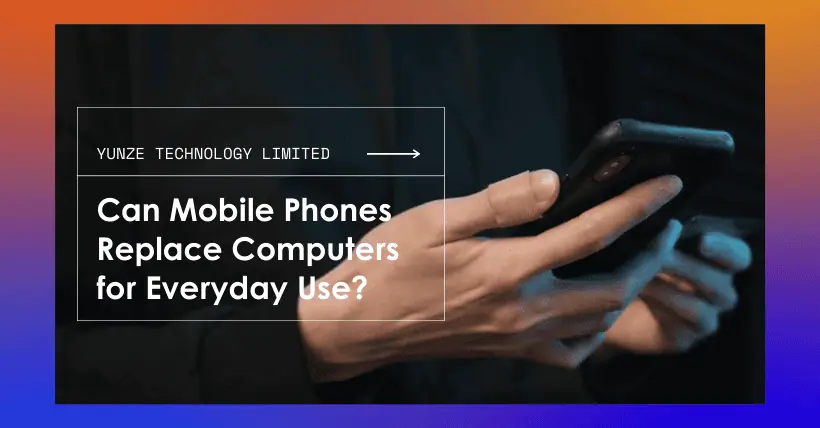The rapid pace of technological advancement today has led to increasingly powerful functionalities in smartphones. Evolving from simple communication tools, they have become versatile mobile terminals encompassing communication, entertainment, learning, and work. With this progress, many people are pondering a crucial question: Can smartphones truly replace computers as the primary computing device for ordinary individuals in daily life? This article will delve into this question in detail.

01
The portability and ease of use of smartphones are gradually impacting computer usage.
First, in terms of portability and usability, smartphones undeniably have a significant advantage. They allow users to access the internet from any location at any time, handle work tasks, enjoy entertainment, or engage in social interactions. Emailing, document editing, and video conferencing functions have been highly integrated into smartphone applications, greatly enhancing work efficiency and the flexibility of personal life.

For the younger generation and business professionals, smartphones have become personal assistants for life and work, undoubtedly reducing their reliance on traditional computer equipment.
Additionally, the maturity of touchscreen technology and the optimization of various apps have made many tasks that were once only possible on computers within easy reach, such as social media interaction, online shopping, bank transfers, and map navigation. Applications designed specifically for mobile platforms, such as WeChat, Alipay, and TikTok, have deeply integrated into people’s daily lives. Their convenience far surpasses that of computer terminals, further diminishing the computer’s position in certain specific application scenarios.
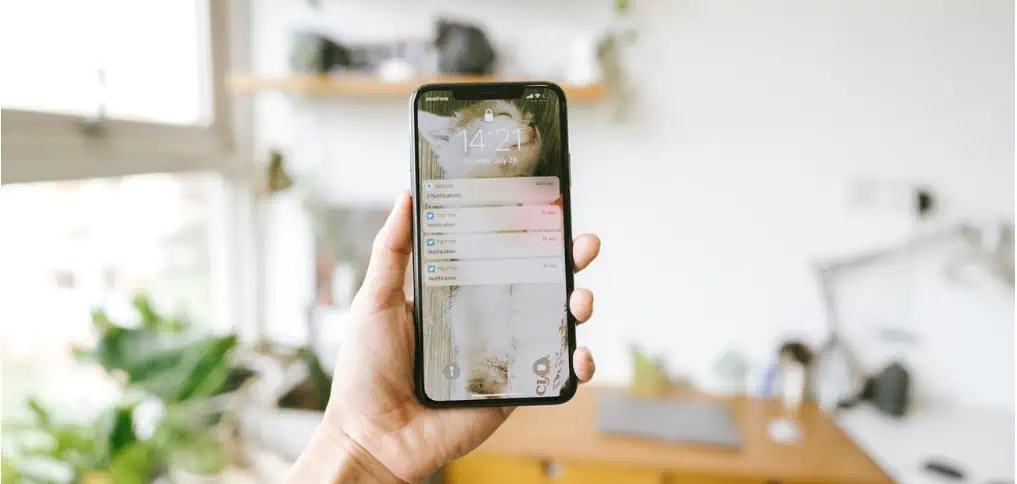
Furthermore, the widespread adoption of high-speed wireless network technologies like 5G has enabled smartphones to achieve data transfer speeds and response capabilities comparable to, or even surpassing some computer devices. This significantly enhances the competitiveness of smartphones as a mainstream computing platform. Especially with the prevalence of cloud services today, many computing and storage tasks have been shifted to the cloud, with smartphones serving as efficient terminal presentation and interaction tools. This makes hardware performance no longer the key factor limiting their ability to replace computers.

02
The productivity of computers makes them irreplaceable.
Although the portability and usability of smartphones have significantly changed people’s daily lives and work habits, computers, especially desktops, still have irreplaceable advantages in productivity, which makes them difficult to replace entirely.

In terms of productivity, despite the annual improvement in smartphone performance, there is still a noticeable gap compared to computers. For work scenarios requiring extensive data processing, multitasking, and complex computational abilities, such as professional image processing, video editing, 3D modeling, and large-scale software development, current smartphones cannot fully replace traditional computers.
The powerful computing capabilities and efficient work environment of computers ensure the smooth operation of professional applications. Whether it’s complex data analysis, simulations for large engineering projects, HD video production, or 3D modeling and rendering, computers can offer much stronger performance than smartphones. Especially for programmers, engineers, and researchers, the large screen display, multi-window operation, and keyboard shortcuts provided by computers significantly enhance their work efficiency and productivity.

In terms of software, professional software like Photoshop and AutoCAD often have simplified versions on smartphones that cannot match the professional functionality and efficiency of the computer versions. Moreover, professional tools like the Office suite, Adobe software, and programming development environments have fully optimized feature interfaces and operational logic on computer platforms, better meeting the needs of professionals for precise operations and in-depth customization.

03
For smartphones to fully replace computers, they need to address the following issues:
① User Experience Is Weaker Than That of Computers
The input method is a crucial factor in determining whether smartphones can completely replace computers. Although smartphones come with virtual keyboards and voice input, for those who need to type for long periods, program, or perform precise operations, the accuracy and comfort of a physical keyboard and mouse remain irreplaceable.
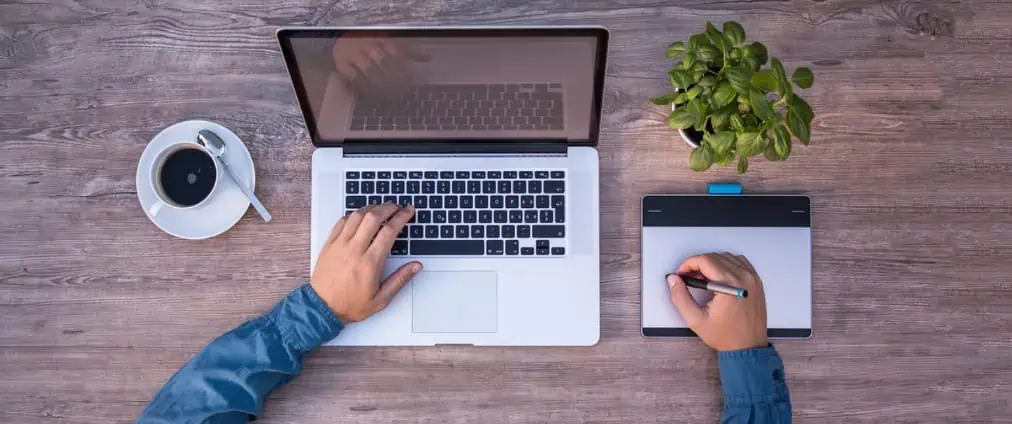
Especially in office scenarios involving document editing, spreadsheet creation, and PPT design, the small screen size and limited interface layout of smartphones can affect visual health and work efficiency with prolonged use.
② Storage Capacity Is Generally Inferior to Computers
This highlights the limitations of current smartphone storage technology and the challenges users face in data storage and management.
From a hardware perspective, the compact size and design of smartphones impose strict limitations on built-in storage due to physical size constraints. Even flagship smartphones often can’t match the large-capacity computer hard drives on the market. Moreover, with increasing storage demands for high-resolution photos, 4K video recording, large mobile games, and other applications, the issue of insufficient storage capacity on smartphones is becoming more pronounced.
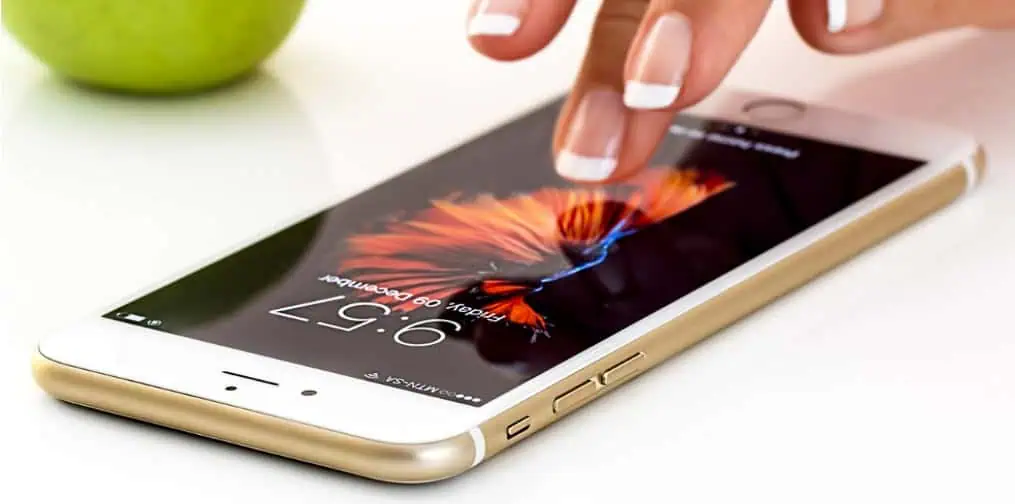
This is evident from the “starter” storage configurations of the two types of devices. For example, laptops now generally start with 1TB of storage, while for smartphones, 128GB is the norm, a significant difference. When it comes to expansion, computers usually just require a hard drive replacement, while smartphones can’t achieve physical expansion.
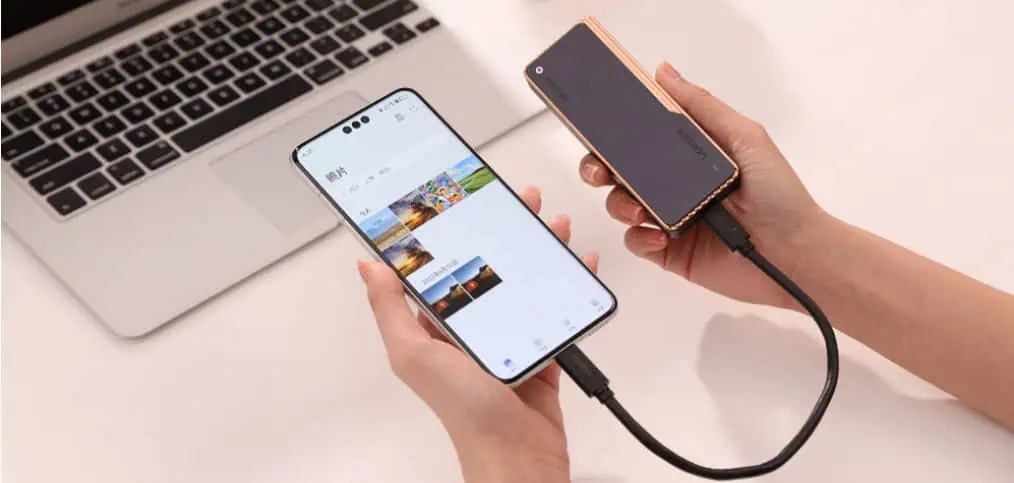
Therefore, to expand storage at a cost lower than replacing the phone, many users have begun to use external hard drives as the preferred solution. With multi-device plug-and-play capabilities, these indirectly bridge the storage gap between smartphones and computers.
③ Battery Capacity Limits Usage Time
The battery life of smartphones is also a notable issue. Although battery capacities in flagship smartphones have gradually increased, high-intensity computational tasks still drain the battery relatively quickly.
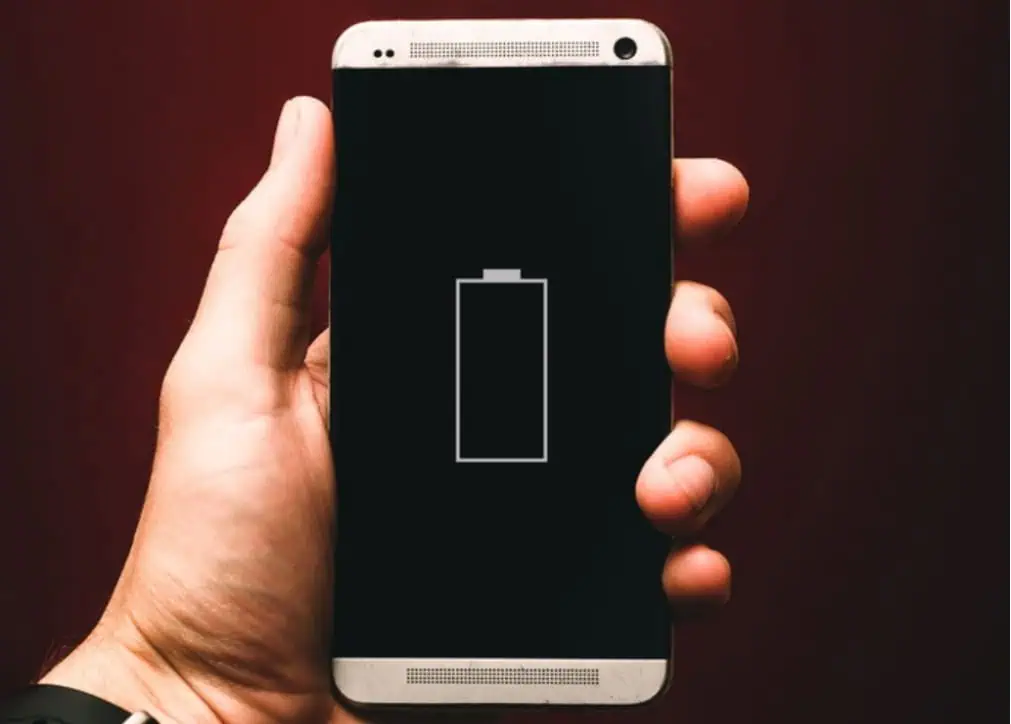
Also constrained by internal space, the physical size of smartphone batteries can’t be as large as those in computers. Mainstream flagship smartphone batteries generally have a capacity of several thousand mAh, while an average laptop battery usually exceeds tens of thousands of mAh. This means that, even under similar power consumption conditions, the theoretical battery life of a smartphone is much shorter than that of a computer.
Furthermore, with the increasing integration of features in smartphones, high-definition displays, high-speed processors, multiple sensors, and various communication modules all consume power continuously. Modern smartphones must handle high-quality calls, fast internet browsing, and gaming while also taking photos, providing navigation, and enabling mobile payments, significantly increasing their power requirements, which in turn places greater demands on battery life.

In contrast, laptops typically perform better in terms of battery life and charging speed, making them more suitable for long-term work or study needs.
④ Screen Size Affects Display Quality
Smartphones, by definition, are devices that are meant to be easily handled, which was their original purpose. The compact design that makes them portable also compromises the visual experience.
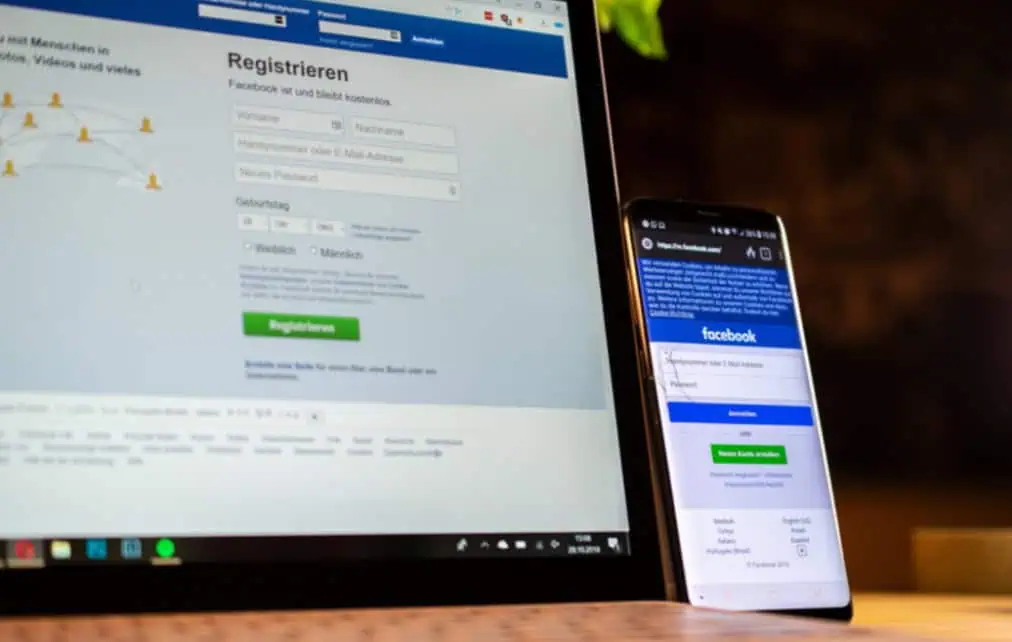
When considering screen size and display quality, large displays have significant advantages in terms of visual experience and productivity. Whether watching HD videos or conducting data analysis and graphical presentations, a larger screen offers a more intuitive and detailed viewing experience. Even if smartphones can connect to external monitors to achieve similar functionality, the overall operation fluency and compatibility are still not comparable to native desktop operating systems.
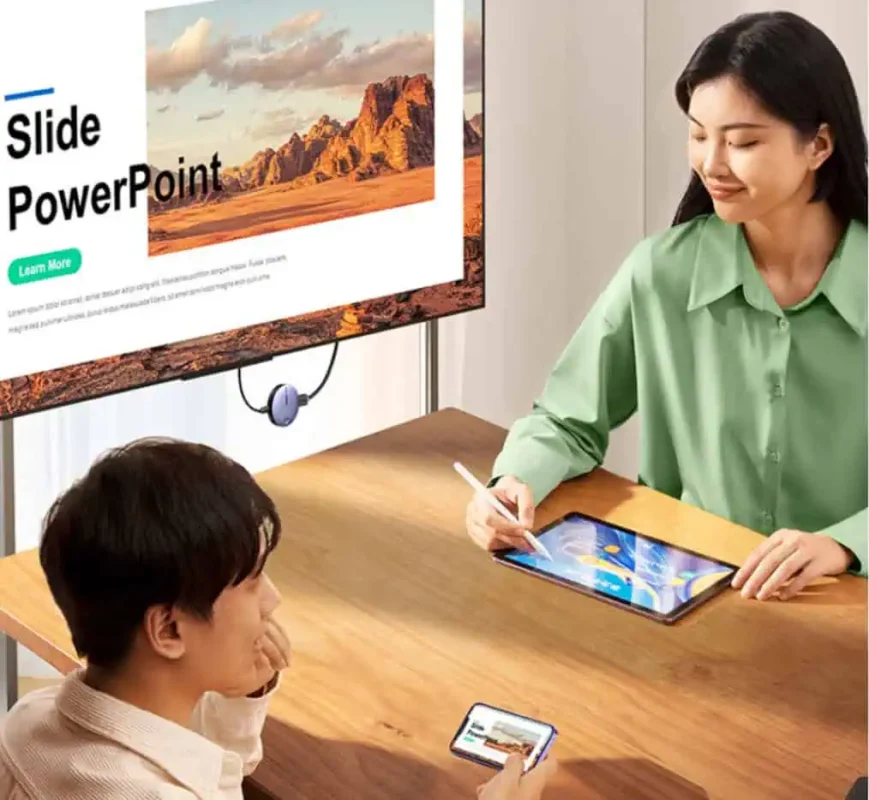
Compared to the above “hard limitations,” smartphones can alleviate this issue with features like screen mirroring. Modern smartphones are almost all equipped with screen mirroring capabilities, projecting the smartphone display onto a TV or monitor to improve the subpar display experience.
04
Words in the end
To sum up, for ordinary users, smartphones can indeed play a partial role similar to computers, especially in providing great convenience in daily communication, social entertainment, simple work, and life services. However, when it comes to highly specialized, high-precision, and high-performance work scenarios, the status of computers remains irreplaceable.
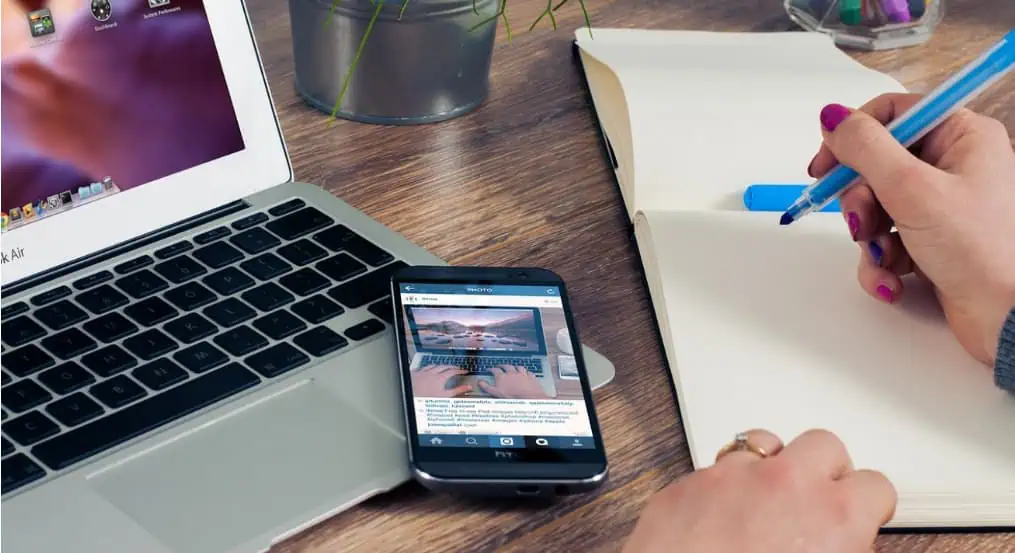
Thus, while smartphones have become very powerful, they cannot completely replace computers. At this stage, the two tend to complement each other rather than replace each other. In the future, with technological development, there may come a day when smartphones can match or even surpass computers in more fields, but at least for now, they each play an irreplaceable role in their respective domains.
What do you think? Feel free to share your thoughts in the comments!

Disclaimer: This article is created by the original author. The content of the article represents their personal opinions. Our reposting is for sharing and discussion purposes only and does not imply our endorsement or agreement. If you have any objections, please contact us through the provided channels.



